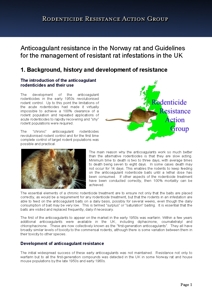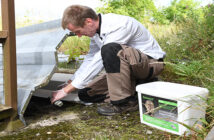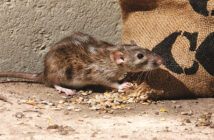An excellent eight page leaflet has just been produced by the UK Rodenticide Resistance Action Group (RRAG). It details the history of the development of anticoagulant rodenticides and then charts the background to first and second-generation rodenticide resistance in the UK.
As previously reported (see Pestissue 3 – to view click here), it is now possible using DNA testing, to establish whether rats from any particular infestation are resistant or not. Tips of the tails of the rats in question can be submitted to either the Universities of Reading or Huddersfield for testing. But once you receive the results, what do these mean and how should you proceed?
|
The Rodenticide Resistance Action Group (RRAG) sets out to explain the significance of this DNA testing and how you can interpret the results. The five UK resistant types are detailed – each named after the location where the resistance was first encountered – for example, Scottish, Welsh, Gloucestershire Hampshire/Berkshire and most recently, Kent. For each type of resistance the leaflet gives advice on the best alternative anticoagulant strategy to use in an attempt to achieve control. Copies of the guidelines are available free of charge, but only in digital format. They will soon be available on the RRAG website. However, you can have your own copy now by clicking here. |
|
|




